
Last week I showed you a few on ride photos. This week I want to expand on the motion aspect but from the outside of a moving ride.
Returning at night to the Mad Tea Party (aka the Tea Cups) in Fantasyland at the Magic Kingdom, I setup my camera with a Sigma 15mm Fisheye lens on a tripod as close to the rail as I could. I found an one second shutter speed produced a good exposure at 100 ISO with an f/5 aperture.

Mad Tea Party at rest in Fantasyland.
Nikon D700/Sigma 15mm Fisheye, 1s, f/5, ISO 200, EV 0.
I then waited for the ride to start up and get to full speed and took another photo.
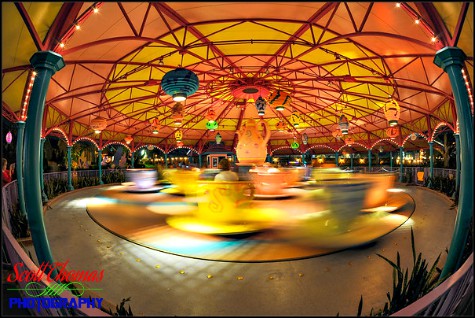
Mad Tea Party in motion in Fantasyland.
Nikon D700/Sigma 15mm Fisheye, 1s, f/5, ISO 200, EV 0.
I bet you did not think just one second would make such a difference.
After seeing the results at the Tea Cups, I moved over to Dumbo the Flying Elephant in Fantasyland’s Storybook Circus. I repeated the same exposure on a stopped Dumbo ride.
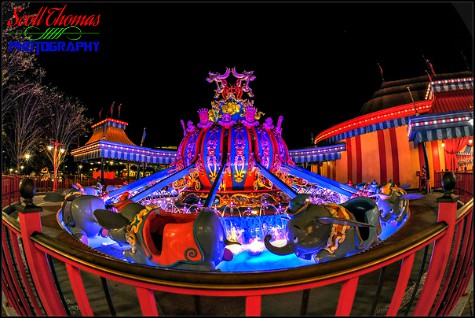
Dumbo, the Flying Elephant at rest in Fantasyland.
Nikon D700/Sigma 15mm Fisheye, 1s, f/5, ISO 200, EV 0.
Then again after the ride got up to speed.

Dumbo, the Flying Elephant in motion in Fantasyland.
Nikon D700/Sigma 15mm Fisheye, 1s, f/8, ISO 200, EV 0.
Wow! What a difference!
While I was using a tripod and would recommend it. One second exposures are not very long. If you propped your camera onto the railings surrounding the rides and used a wide angle lens, you could get similar results at one second or shorter exposure times.




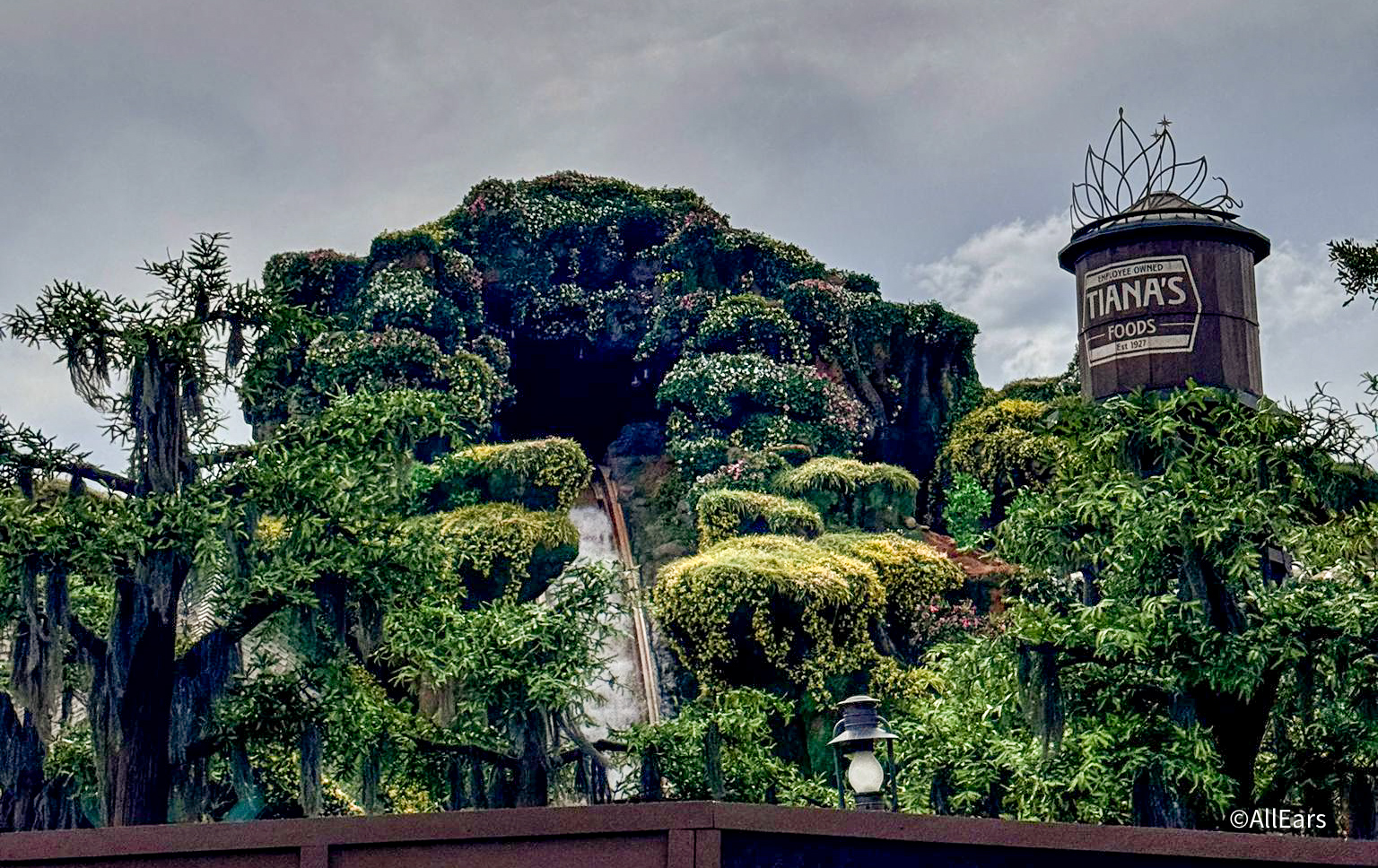
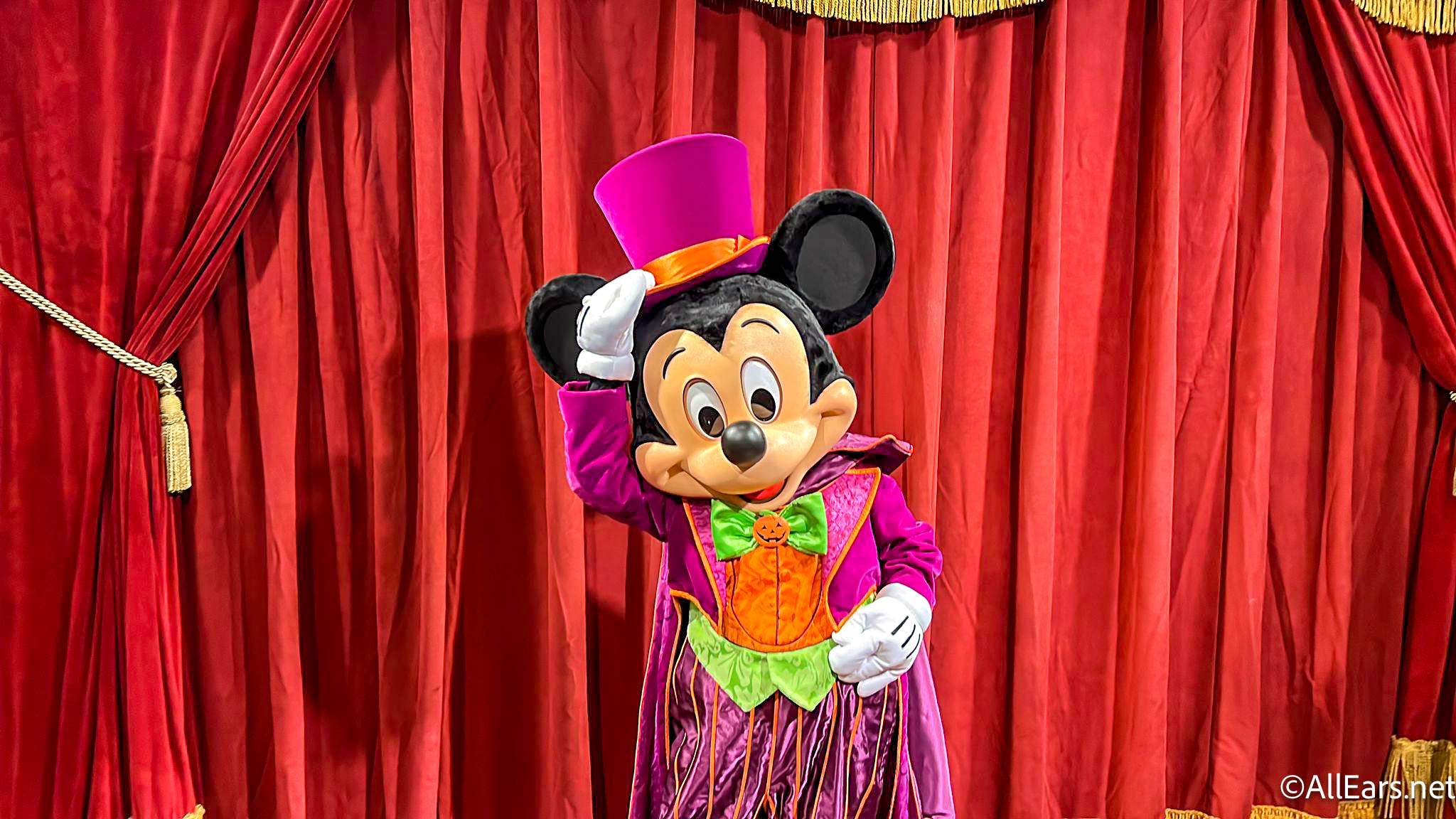
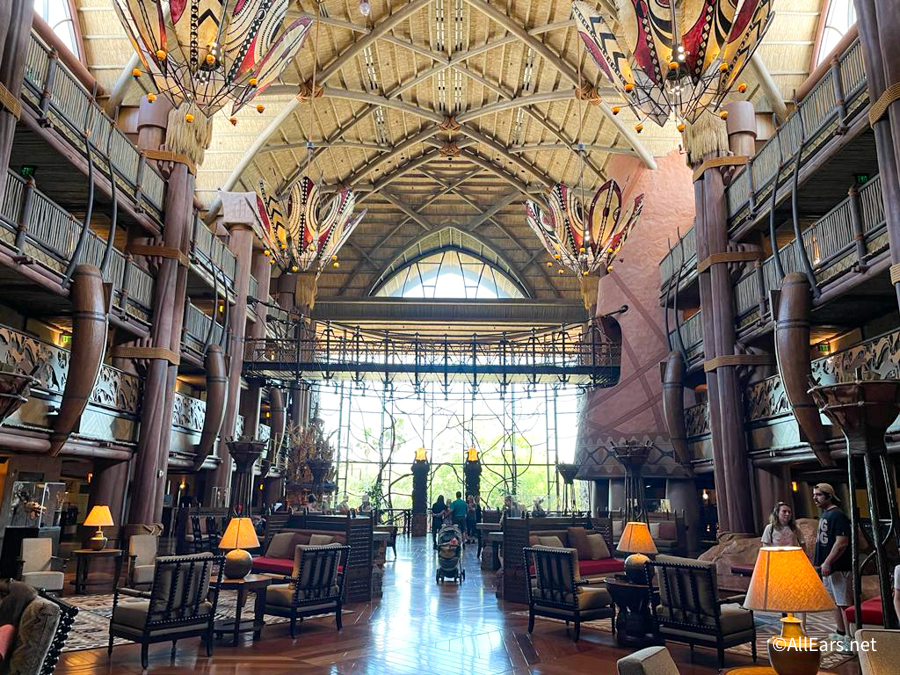

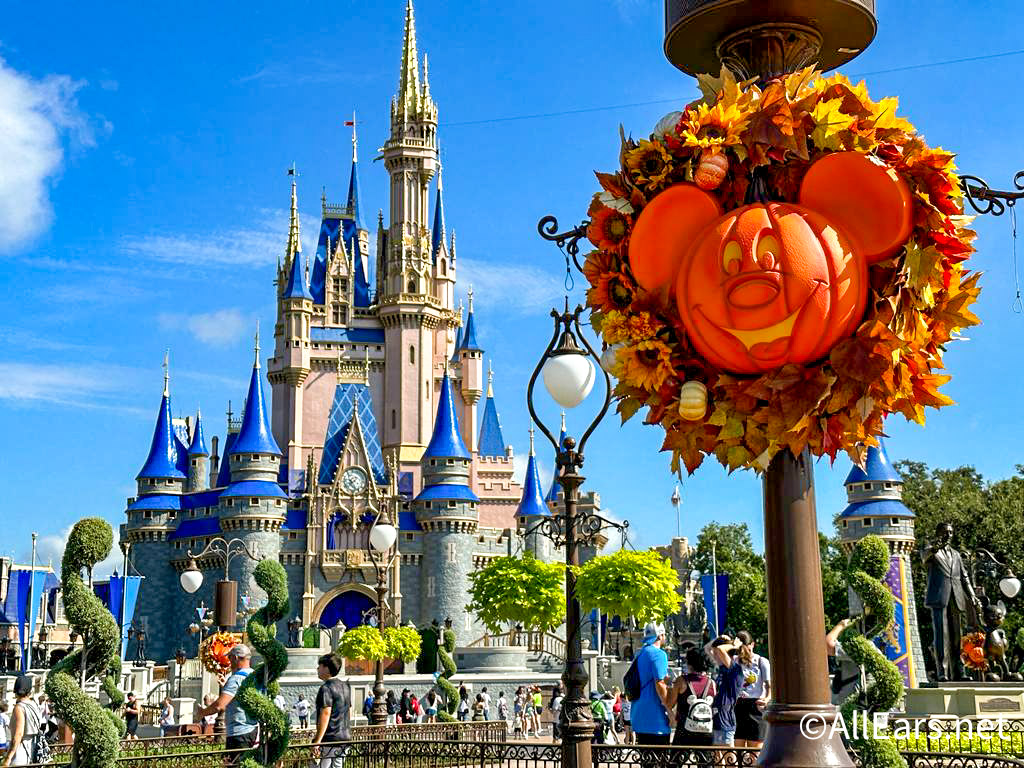
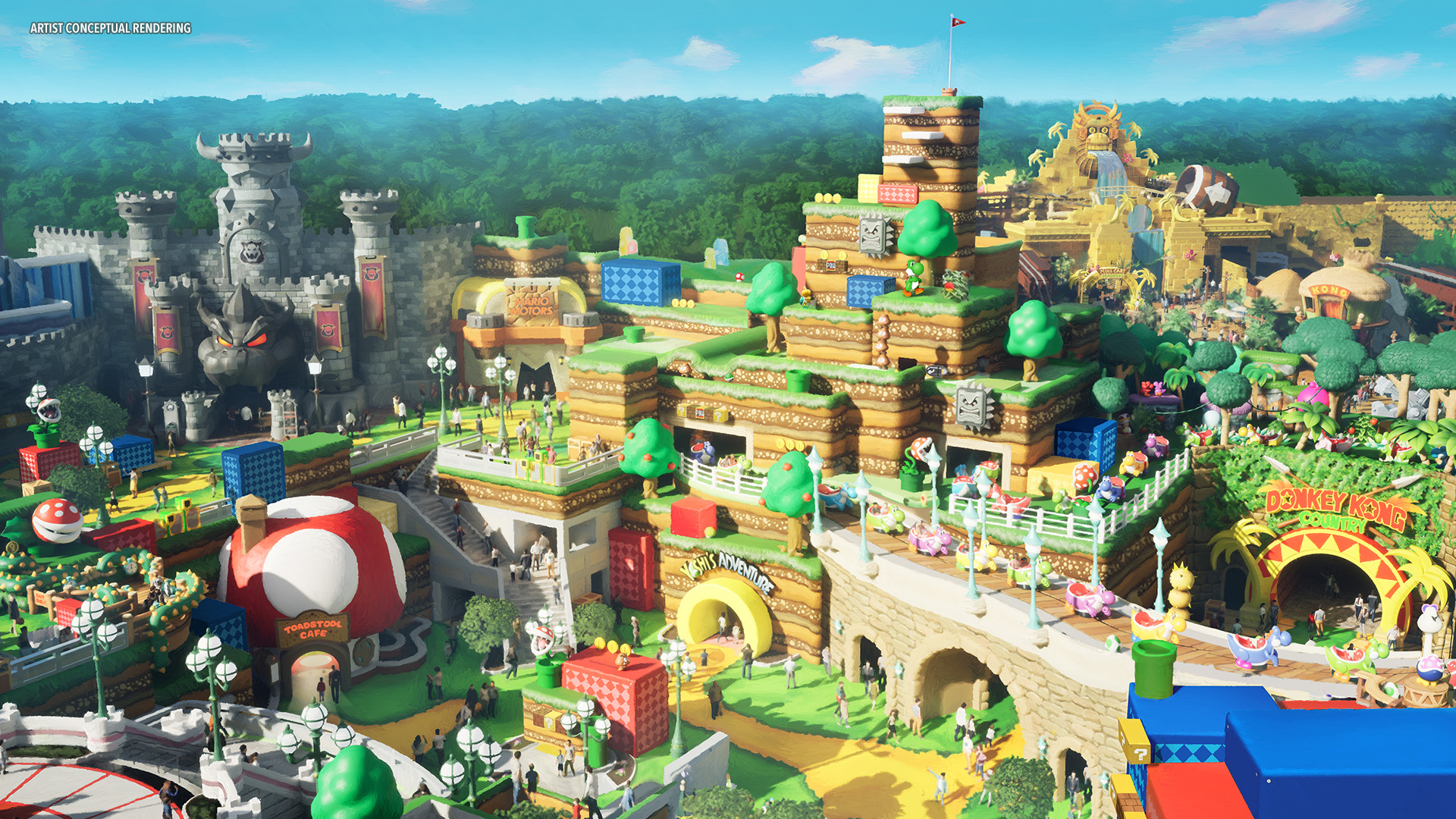
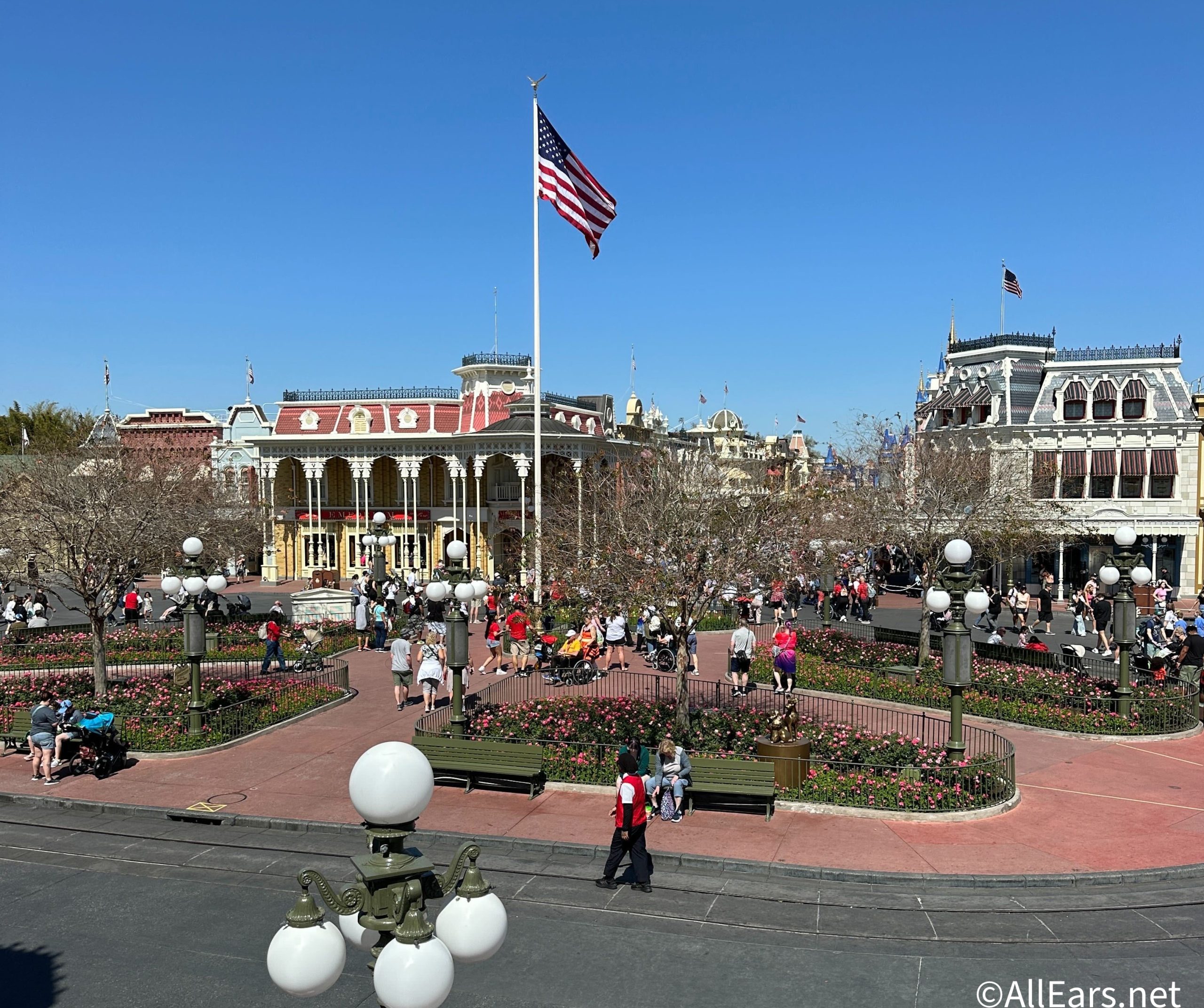
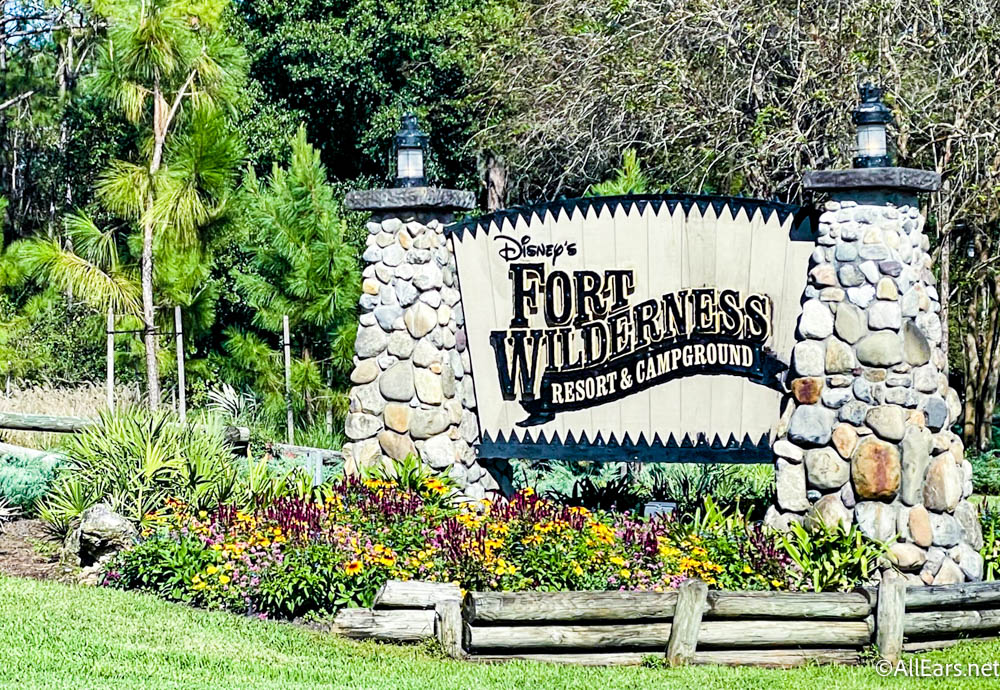

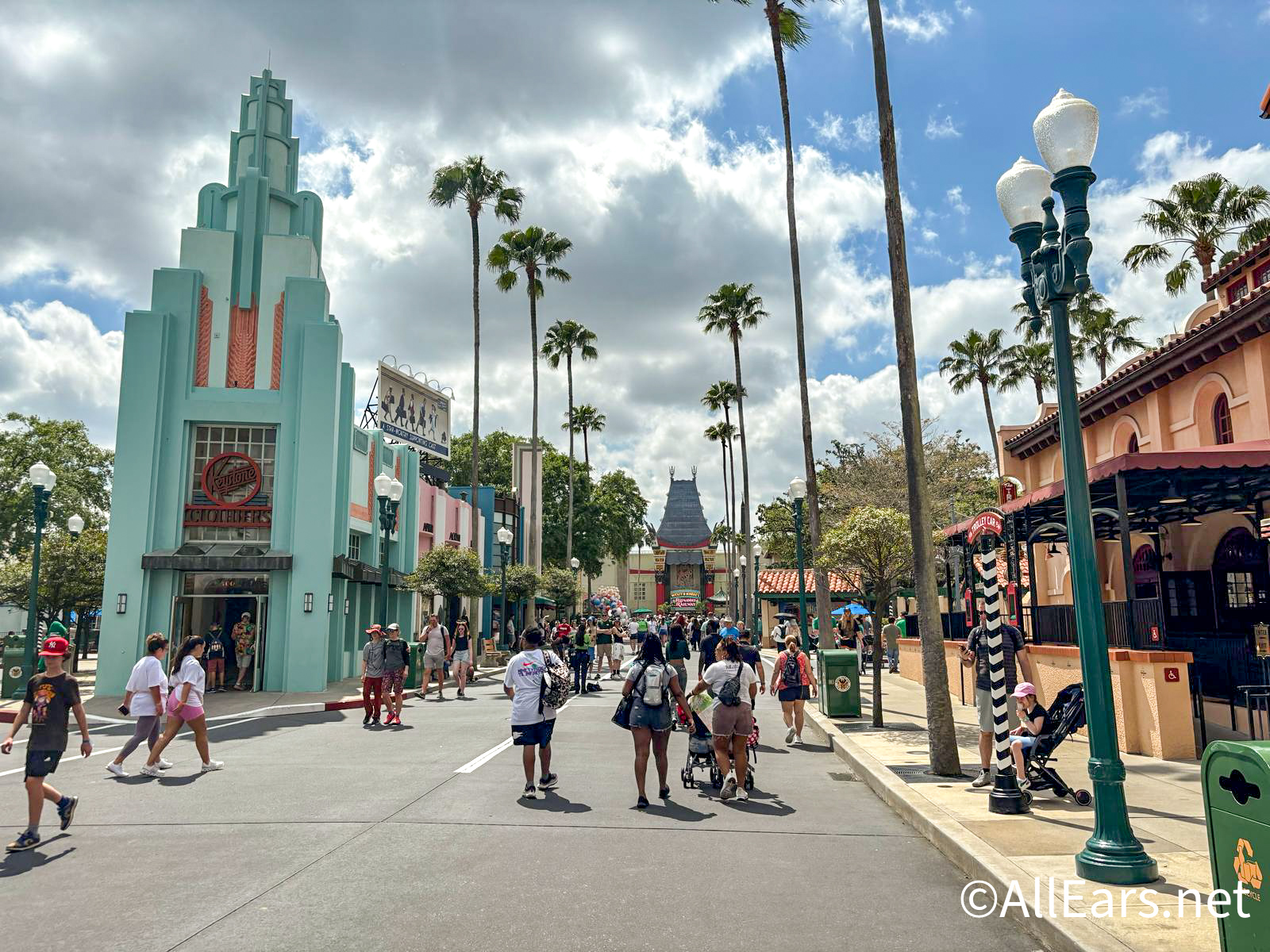
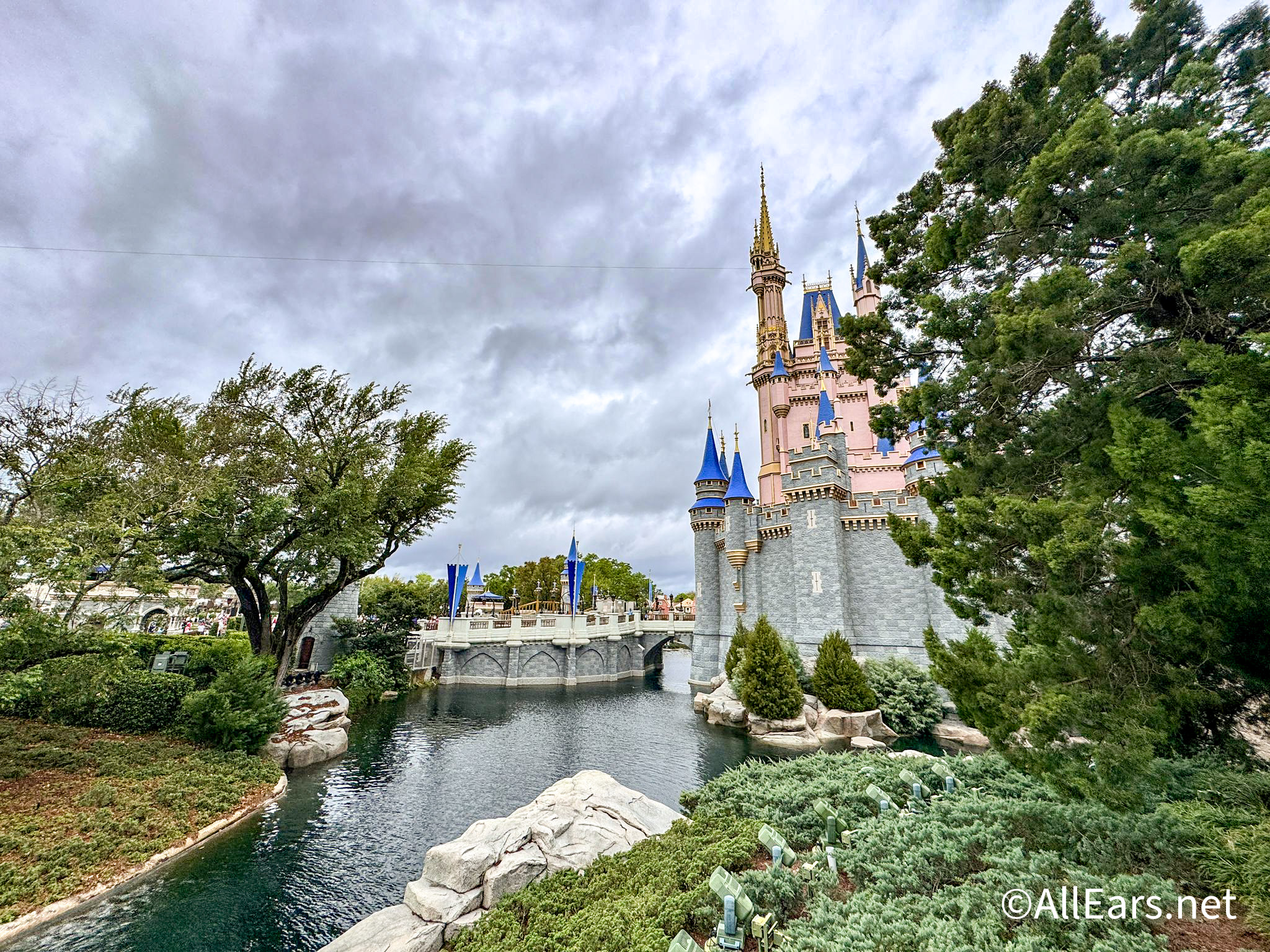
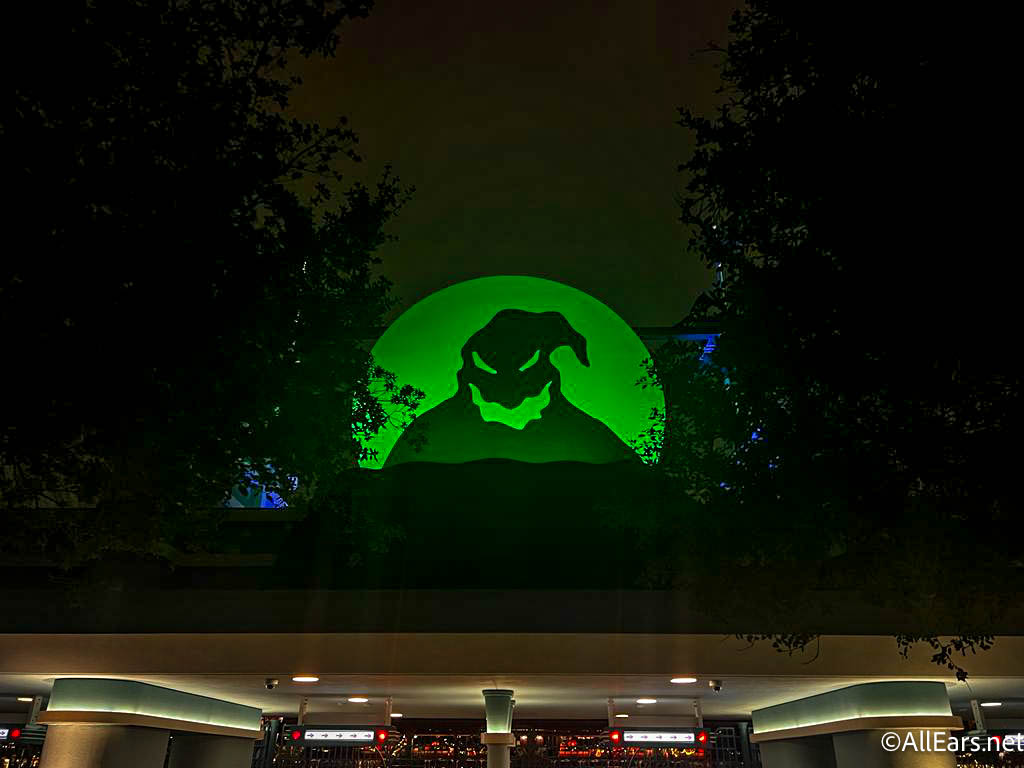
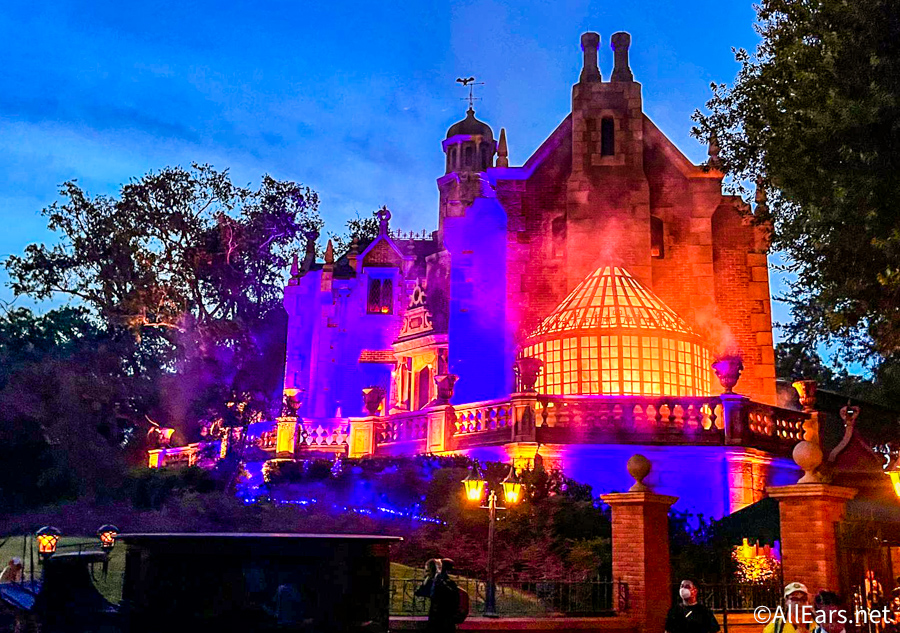
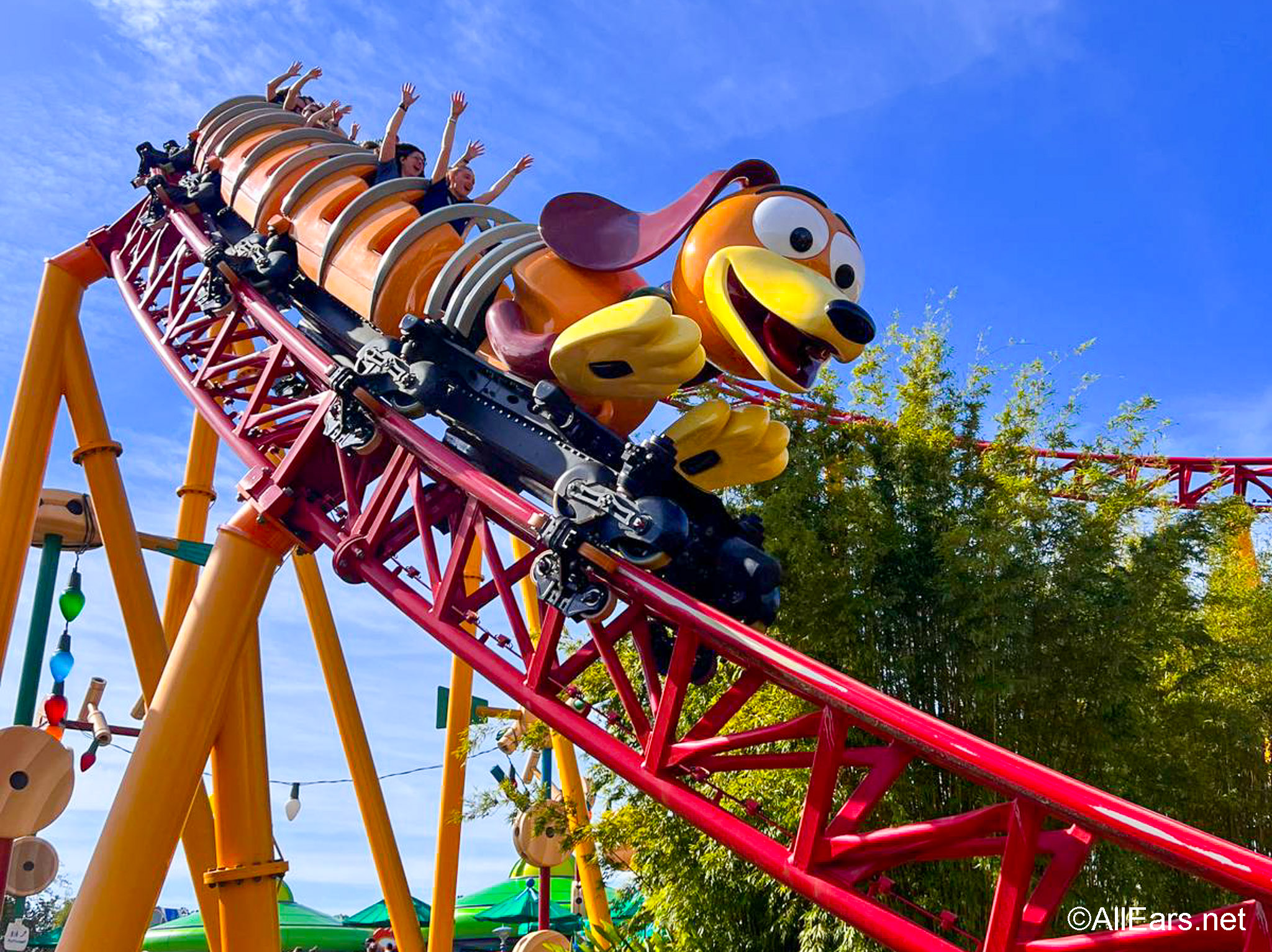

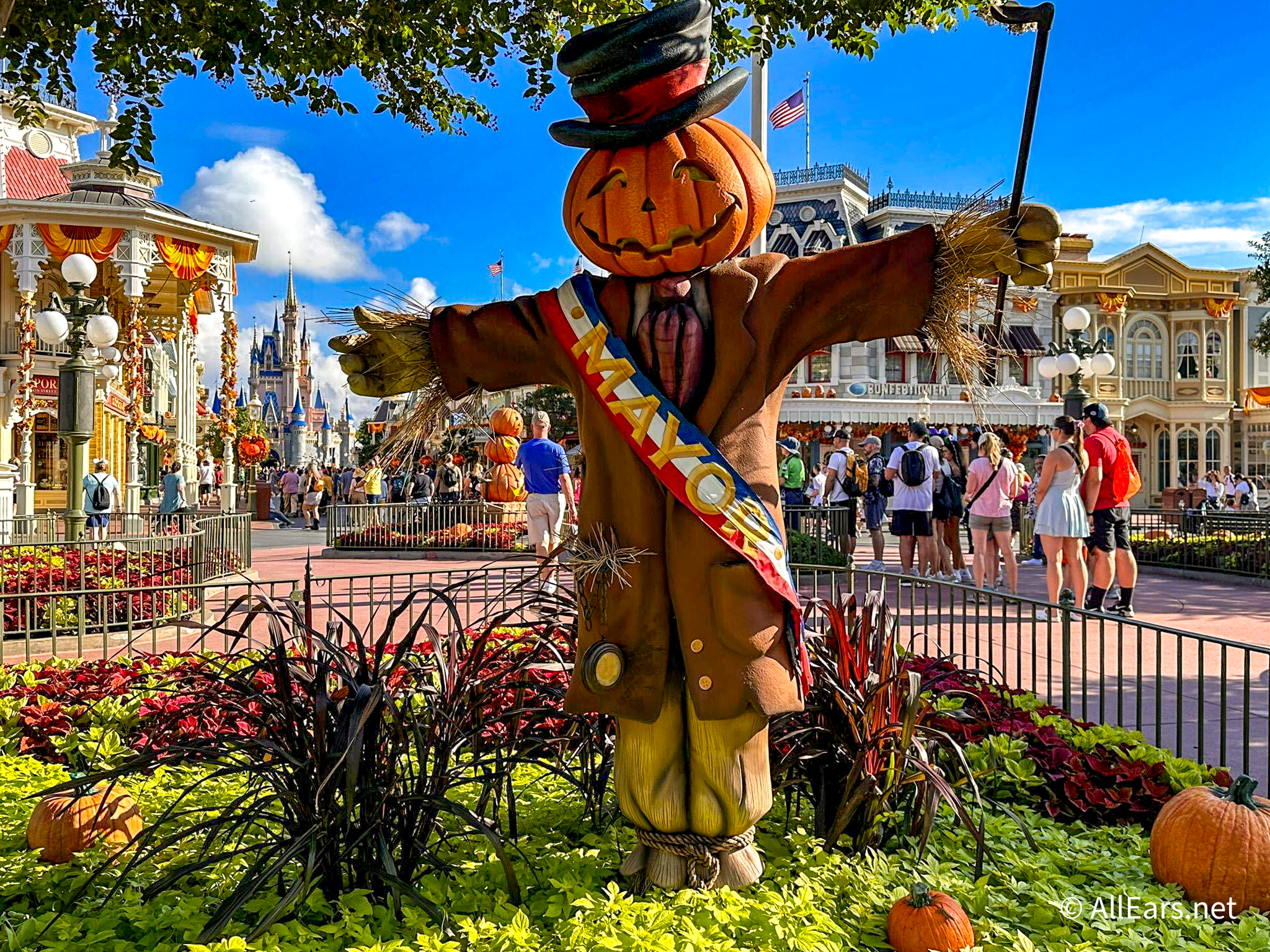
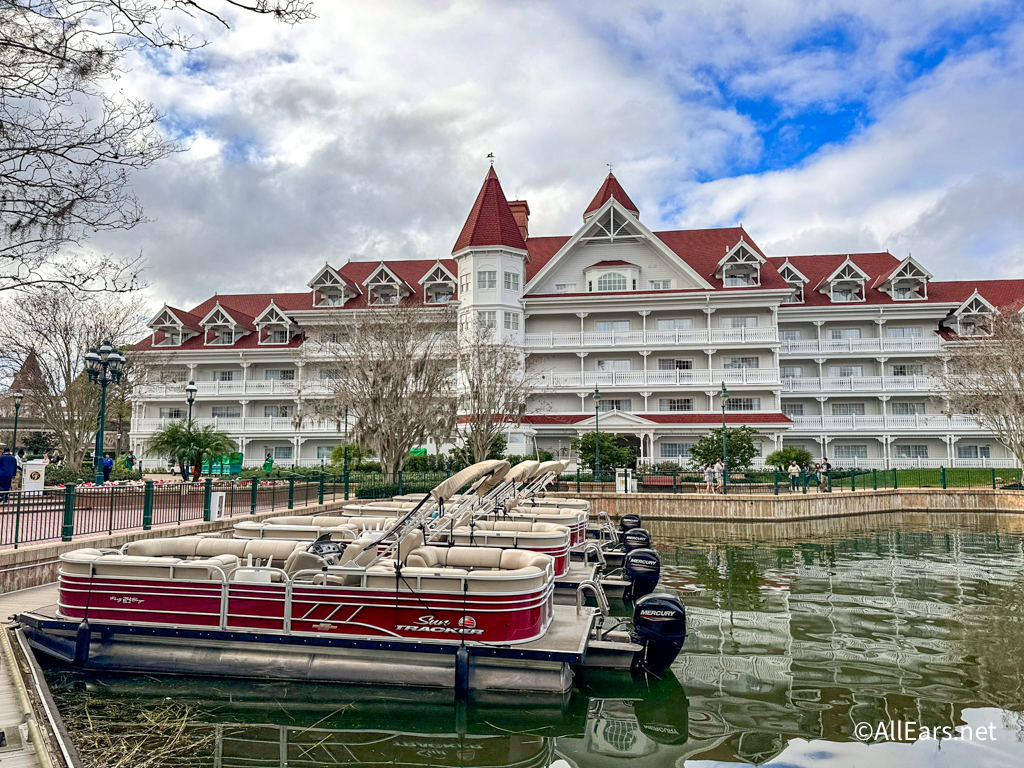


Trending Now
Padawan, your new drinkware has arrived.
Something new is coming to EPCOT's American Adventure Pavilion in June!
Disney World's newest ride will be open during Mickey's Not-So-Scary Halloween Party this year!
We have NEW information about this year's Mickey's Not-So-Scary Halloween Party!
Disney's Animal Kingdom Lodge has been voted the best hotel in Disney World -- but...
Flying Southwest soon? Don't forget to follow these unspoken rules!
Tickets to the popular event will go on sale SOON!
Universal recently shared a ton of new photos of one of the most anticipated lands...
These souvenirs are unique to Main Street, U.S.A.!
Disney is temporarily PAUSING a popular hotel activity.
Mickey's Not-So-Scary Halloween Party tickets are about to go on sale -- with a catch.
There are a few attractions getting some refurbishments that you'll want to be aware of...
These are the essentials you CANNOT forget at home, because Disney World doesn't sell them!
We finally have dates for the 2024 Oogie Boogie Bash at Disney California Adventure!
These rides will be available during Mickey's Not-So-Scary Halloween Party in 2024!
We use these three rides hacks all the time at Disney World, and we hope...
Get ready, Disney fans! Mickey’s Not-So-Scary Halloween Party is returning in 2024, and Disney announced...
Find out how you can celebrate Halloween at the international Disney Parks!
We need this tipping innovation to come to Disney World ASAP!
Canceled routes and more could complicate your next trip to the Orlando Airport. Here's what...